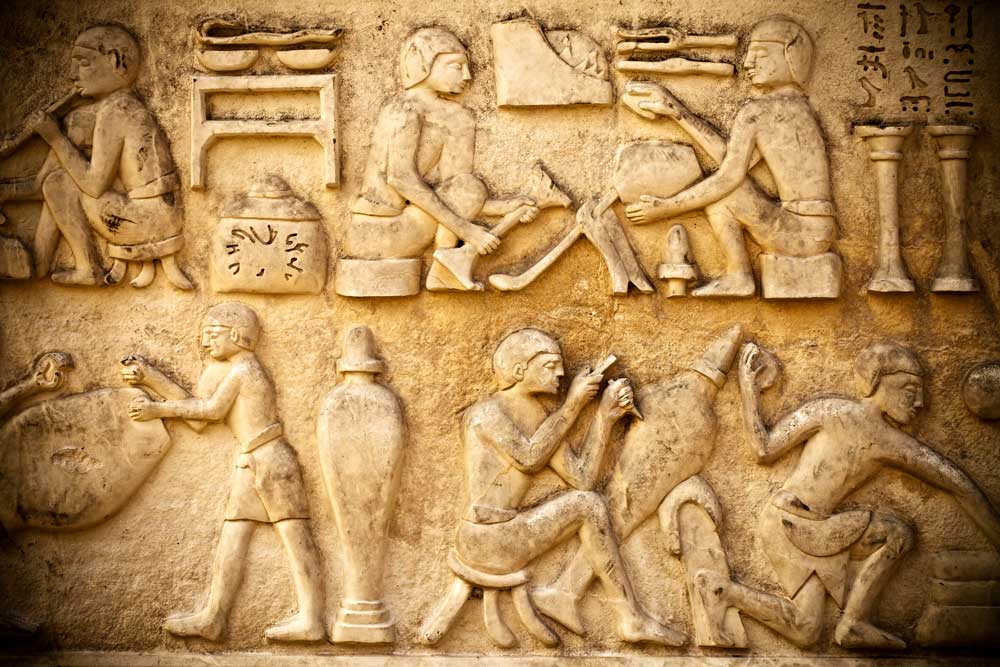Introduction
This essay examines the key differences between the ‘instant’ histories of the Western Front during the First World War, as presented by John Buchan in *Nelson’s History of the War* (1915-22) and Arthur Conan Doyle in *The British Campaign in France and Flanders* (1916-20), and the ‘popular’ military histories that emerged after 1929. Written during or shortly after the war, these early accounts reflect the immediate context of conflict, shaped by wartime propaganda and limited access to comprehensive records. In contrast, post-1929 histories benefited from greater temporal distance, access to official documents, and evolving cultural attitudes towards the war. This analysis will explore differences in tone, purpose, and historical perspective, arguing that shifts in societal memory and historiographical methods account for the primary divergences.
Tone and Purpose in Instant Histories
Buchan and Doyle’s works, written amidst the war or in its immediate aftermath, exhibit a patriotic tone intended to bolster morale and justify the British war effort. Buchan’s *Nelson’s History of the War*, published in serial form from 1915, often portrays British military actions on the Western Front as heroic and morally righteous, reflecting his role as a government propagandist (Smith, 2001). Similarly, Doyle’s multi-volume history, while detailed in its tactical accounts of battles like the Somme, frequently celebrates British resilience, aligning with the era’s need for public support (Wilson, 1995). Both authors, constrained by censorship and limited access to critical sources, prioritised narratives of national unity over analytical depth. Their purpose, arguably, was not to provide a definitive history but to shape contemporary perceptions of the ongoing conflict.
Contrasts with Post-1929 Popular Histories
Post-1929 military histories, emerging after a decade of reflection, adopted a markedly different tone and focus. Works such as Basil Liddell Hart’s *The Real War* (1930) introduced a more critical perspective on the Western Front, questioning the competence of military leadership and the futility of attritional warfare (Bond, 2002). Unlike Buchan and Doyle’s celebratory accounts, these later histories often highlighted the staggering human cost of battles like Passchendaele, reflecting a broader cultural disillusionment with the war. This shift was facilitated by the release of official records and war diaries, enabling historians to construct more evidence-based narratives. Furthermore, the interwar period saw a growing anti-war sentiment, influencing popular histories to challenge earlier, idealised portrayals and focus instead on the grim realities of trench warfare.
Historiographical and Contextual Influences
The differences between these historiographical approaches also stem from evolving methods and societal contexts. Buchan and Doyle, writing in real-time, lacked the perspective to assess the war’s broader implications, whereas post-1929 historians benefited from comparative analysis and interdisciplinary influences, such as economic and psychological studies of warfare (Bond, 2002). Indeed, the interwar years saw history as a discipline begin to prioritise objectivity over propaganda, a trend less evident in the instant histories. Additionally, the cultural memory of the war had transformed by the 1930s, with public discourse increasingly viewing the conflict as a tragic waste— a sentiment absent in the earlier, more optimistic works.
Conclusion
In conclusion, the main areas of difference between Buchan and Doyle’s instant histories and post-1929 popular military histories of the Western Front lie in tone, purpose, and historical perspective. While the former prioritised patriotic narratives to support the war effort, the latter adopted a critical stance, reflecting societal disillusionment and enhanced access to sources. These divergences highlight the impact of temporal distance and changing historiographical standards on historical writing. Understanding such shifts is crucial for appreciating how interpretations of the First World War have evolved, offering insight into the interplay between history, memory, and culture.
References
- Bond, B. (2002) The Unquiet Western Front: Britain’s Role in Literature and History. Cambridge University Press.
- Smith, D. (2001) John Buchan: A Biography. Oxford University Press.
- Wilson, T. (1995) The Myriad Faces of War: Britain and the Great War, 1914-1918. Polity Press.


